A month in the South African wilderness
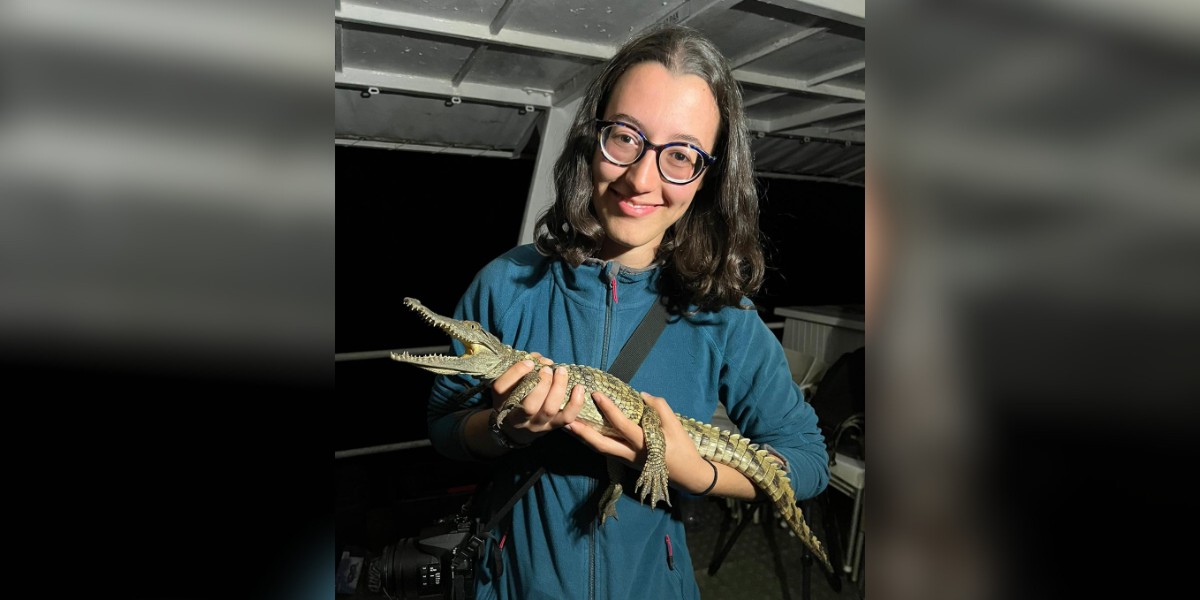
By Marzia, from Italy, studying Biological Sciences (Ecology)
During my first year, I applied to the Go Abroad Fund, and my successful application allowed me to spend one month in South Africa, in the Kwazulu-Natal region.
During my time there I joined two ongoing field studies, joining a team formed by professionals and other students from across the globe.
For an aspiring ecologist, saying it wasn’t magical would be a lie: surrounded by nature 24/7 was like living in a dream!
Slo-mo giraffes
The first two weeks we worked with Cape giraffes. Being able to see giraffes every day, so up-close, is something that you don’t get used to that quickly and every time was just as amazing as the first time. They are beautiful animals, and they are quite funny when they run, giving the impression that they are moving in slow-motion. They just roamed around the reserve, and it was easy to spot them right in the middle of the road, eating acacia leaves without a care in the world!
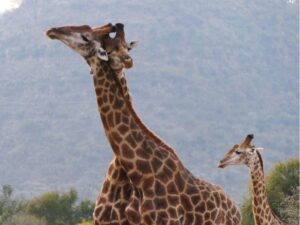
Pattern recognition and weird shape names
I learned how to identify different individuals by looking at their patterns, sort of how people can be identified by their unique fingerprints. I was astonished by how different the patterns could be, but I quickly got the hang of it – it was kind of easy once I started assigning weird shape names, such as “broken heart” or “horizontal arrow” to unique spots to help with the identification. It definitely needed a little bit of imagination at times, but as long as it was working, it didn’t really matter.
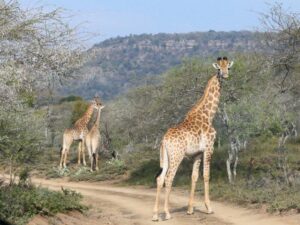
Staring, chewing, cameras and stopwatches
We also conducted behavioural focus sessions, just observing and writing down the giraffes’ behaviour. During most of these sessions, the giraffes would eat and then stare at us while chewing, probably wondering what a group of funny little two-legged beings was doing with cameras and stopwatches pointed towards them. Despite the size difference, they were probably more wary of us than the other way around, but we always kept our distance and paid attention to any sign of discomfort to back away.
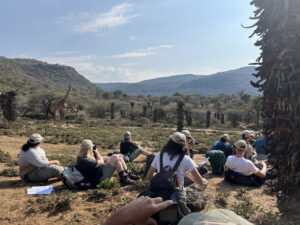
A while with the Nile crocodile, and a hippo charges!
The second two weeks we focused on Nile crocodiles. Our goal was to do a census of a population of crocodiles living in an artificial lake, near the border with Eswatini and Mozambique. It was a totally different experience.
We had night boat surveys to try count crocodiles with a spotlight, and all I could see were many, many pairs of red shining eyes staring at us in the dark. During one of these night surveys we encountered a hippo walking on the shore. Now, one might think – cool! Yes, it was very cool, until it turned its head towards us and charged. I was standing right behind the person with the spotlight, and all I could see was a big, angry silhouette with bright red eyes coming towards us. We quickly sped away on the boat and luckily it didn’t follow us. I now laugh when telling this story, but in the moment… well, I don’t think I ever had such high levels of adrenaline!
What does the crocodile sound like?
Another night we went looking for baby crocodiles, catching and tagging them before releasing them back into the water. It was absolutely freezing, but so worth it! It gave me a whole different type of adrenaline rush, as it was really exciting and new, and I sometimes wonder how the baby I tagged is doing.
In Italy we have a children’s song about animal verses and the main refrain asks: “what does the crocodile sound like?” Enough to say that I got asked this question a lot after I got back. And to this day I don’t think I can properly answer it, as crocodiles are usually very stealthy and quiet, with only occasional low growls, or high-pitched squeals if they are still very young.
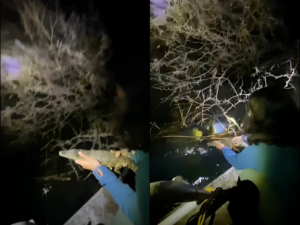
An invaluable experience in the wilderness
I am very fond of the memories from my month in the South African wilderness “counting giraffe spots”, as my sister later described it, and of all the invaluable experience and skills I gained, which have greatly helped me in subsequent projects throughout my undergraduate life. I absolutely loved every minute of this trip, even the early morning wake-ups or late-night surveys. After all, such is the life of an ecologist on the field!



